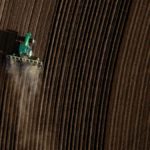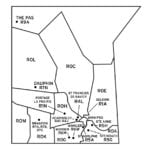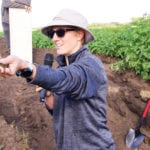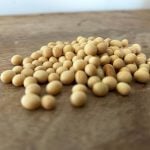
Tag Archives Soil science

Biostimulants: What’s in the box?
When it comes to biostimulants there are plenty of questions but few clear answers

Managing microbes
Taking a page from pulse production, beneficial soil microbes are under the microscope

Soil N trend surprising
A dry summer could have left a nice bonus for you in your fields

Tips for growing ’taters
Growing potatoes requires disturbing the soil, so how does that mesh with soil conservation efforts? According to provincial experts, it can

Get your topsoil moving
Landscape restoration can offer immediate yield boosts

Erosion lessons learned… and forgotten
The dust-covered snow of this winter suggests there’s a soil erosion problem brewing, MSSS speaker says

VIDEO: A return to the Dust Bowl days?

Ag Days speakers banter on soil health
Soil health is a hot topic, but there’s no clear definition of what it is and how to improve it

Better soil health could capture more carbon
A recent study says changing farming practices could capture as much carbon as the global transport sector emits

Measuring tillage impact
There may be a middle path that gives the best results


